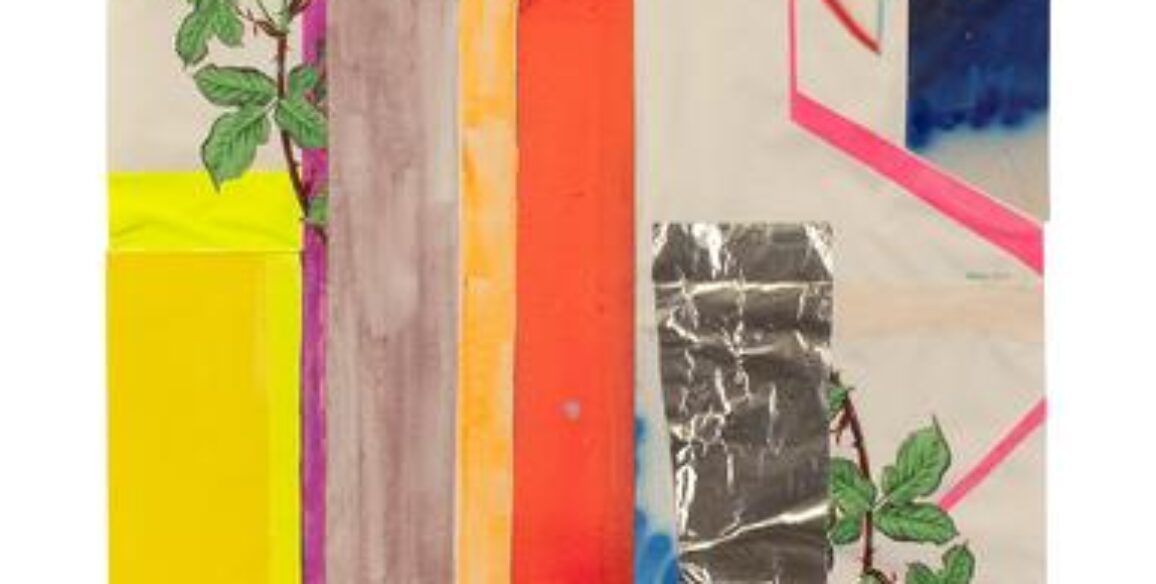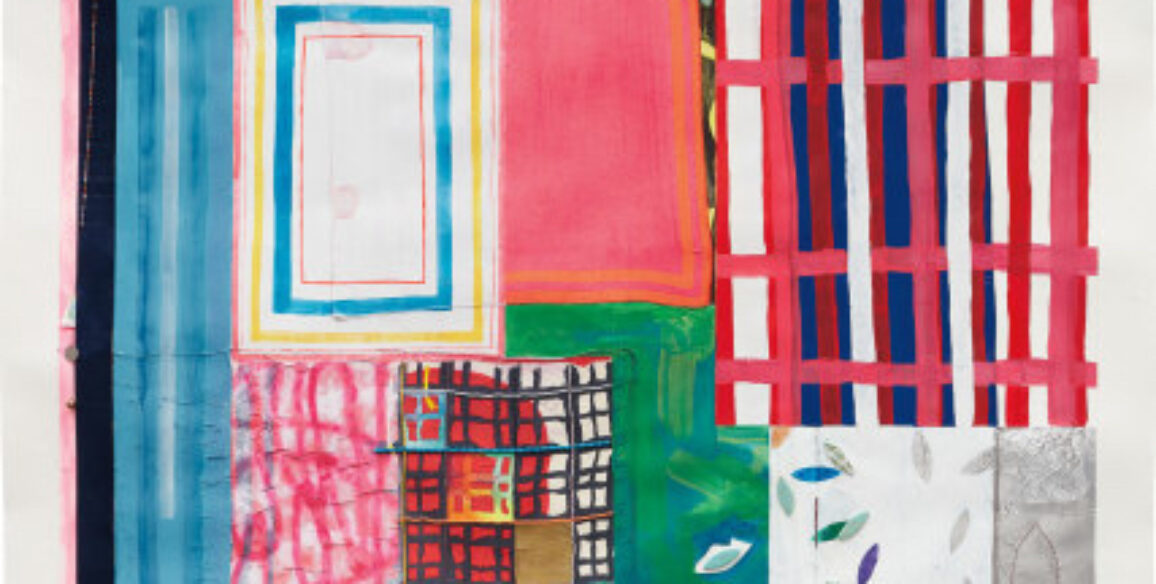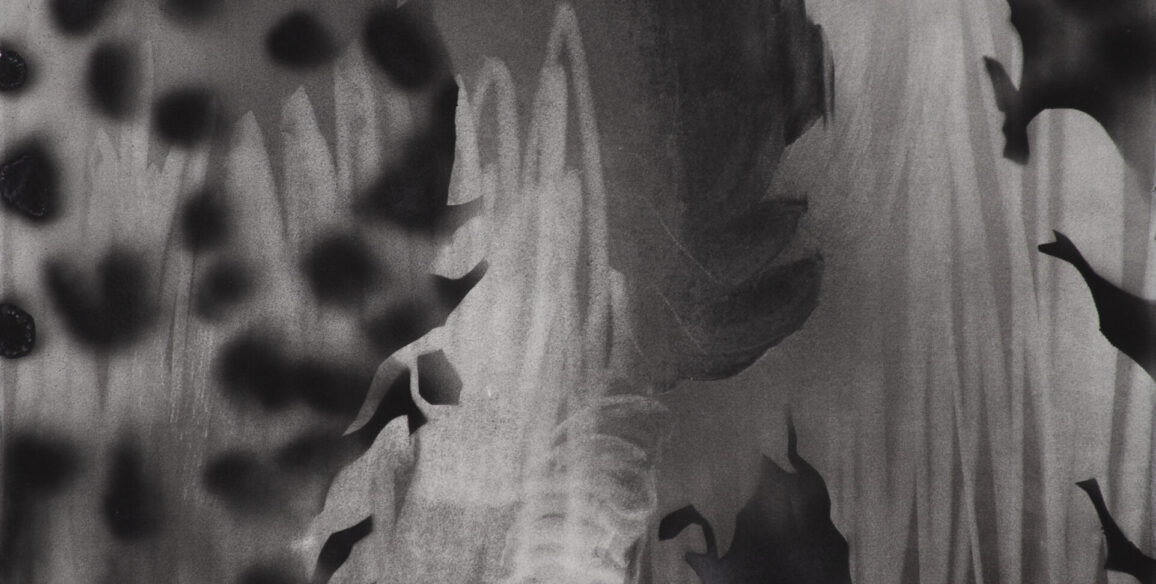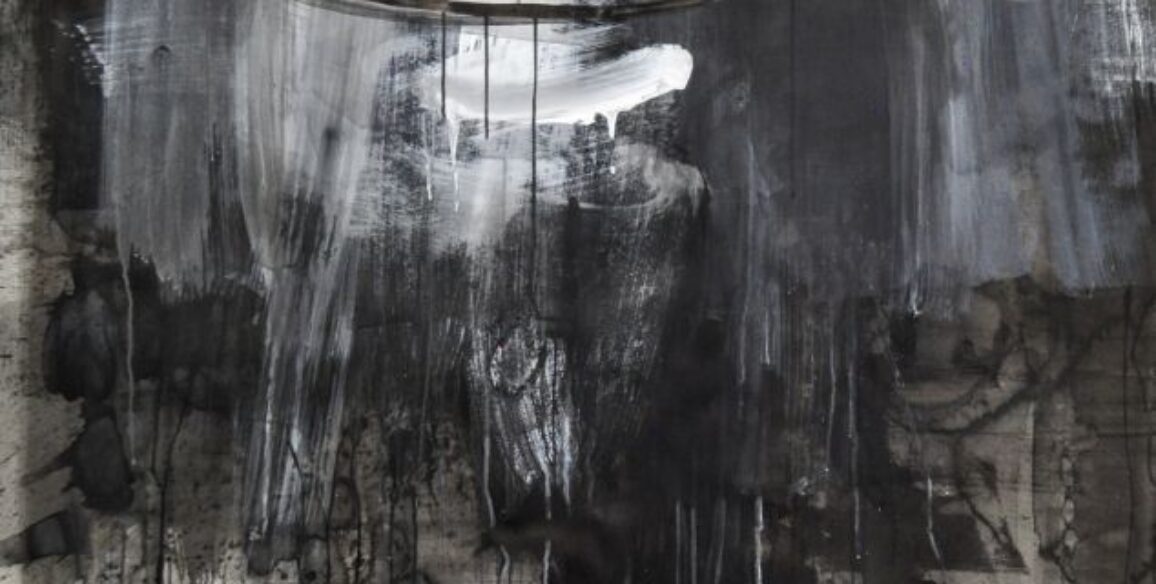Ruben Ochoa
(Born 1974 in Oceanside, CA; Lives and works in Los Angeles, CA)
How do you produce art in such times with the pandemic and the uprising? How do you focus on art? In being a professor right now, part of my role at the school of art is to push to impact culture and social injustices. Now I see students, graduates and emerging artists tackling all the issues. We’re having dialogues. Witnessing what they are making is amazing.
As a kid I would draw. My mom encouraged me to draw and at a young age and I always had teachers who were supportive of my drawing. I would make my own comic books in 3rd and 4th grade, of a mexican homeboy named Paco who was dealing with issues of race. Where I grew up there were a lot of different ethnicities in my neighborhood, we would still congregate and hang out but people would also self-segregate so that was all reflected in my drawings.
My parents were a mix of labor and informal economy. I helped with my family business. My mom started a tortilla delivery business that really informed a good bit of my practice in how to create these interventions and how to engage in the space. My father was a construction worker. On the labor side, reflections of the labor that I see happening around California or with my dad, cousins and family members are in my work. My parents kept me away from working in construction. I was familiar with building materials but I didn’t know the language, I had to learn it. They were surprised when I decided to go to school to pursue a career in art.
I was always drawing space and creating areas of space whether neighborhoods or backgrounds. When I took a sculpture class my sophomore year of college, it really blew me away. I actually got to work with the tools that I would see my dad and my brother working with. It opened up a whole new avenue for me. My work was already leaving the canvas and the walls. It gave me permission to run with it. When I was painting I had been adding collage and objects, found objects, so they were becoming somewhat sculptural on the wall. Once I took the sculpture class, it allowed me to break into the volumetric space.
I think all the fundamentals I’ve learned for producing work have been built around drawing. From value to line weight to composition and how you break up space. When I enter into a gallery space for a solo show I start to consider how this would look as a drawing. How would the composition break up the space, the viewing points and then the weight in the space.
The constant in my work has been the notion to impact culture as an artist of color, a person of color. How do you affect culture and change? I try to show others a new way of looking at things to gain perspective (labor, class, invisible labor). It’s what I grew up knowing and seeing. To see my work in a gallery or museum and how it impacts students is amazing.
–Conversation on July 24, 2020
Listen to our conversation here:
Selected Image from the Collection:
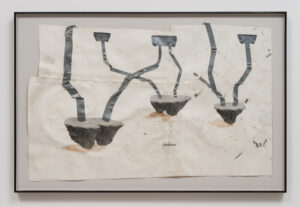
Ochoa, Ruben, Love is what I got, 2013, Duct tape, packaging tape, ballpoint pen, collage and dirt on paper, Framed: 28 3/4 x 43 1/2 x 1 1/2 in.

